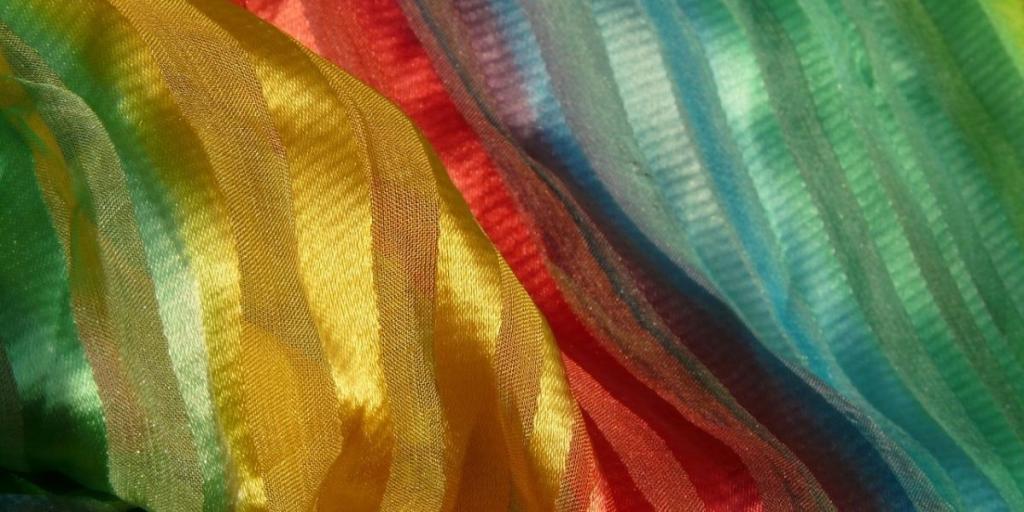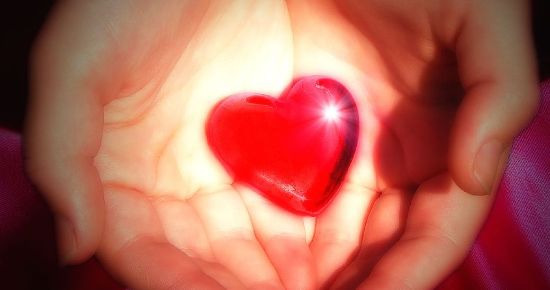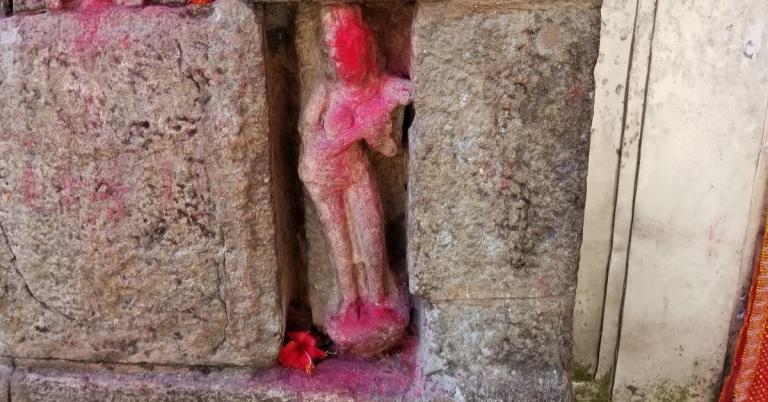I take refuge in the Mother.
I’m having a bad week in a bad month in a bad year. As I write the pandemic is on an uptick again both globally and in my own community. In America we’re bracing for the impact of an election that promises a return to sanity while threatening violence. Personally I’m caring for a disabled husband with a terminal illness. There are times when I want to just hide under a blanket. I’ve developed a ritual to do exactly that: I invoke the Mother and wrap her warm support around me.
Who is the Mother?
In living Goddess practice she isn’t just a picture on the wall, she’s tangible, she can be seen and felt and experienced. As a lifelong Pagan I’ve learned many of her faces and names through research and personal devotion. I’ve come to know her more intimately through the work of Laura Amazzone whose fiercely compassionate teaching leads to Durga, the Mother who protects and nourishes.
The Mother is the Goddess. First she is the tree. Her earliest images are wooden columns evoking her manifestation as living wood. Asherah pillars stood in the temple in Jerusalem, Greek temples carefully preserved the earliest planks called xoanan, Egyptian/Kemetic images depict Hathor and Isis trees with arms reaching out to give water and food. In India and Nepal today Goddess trees are wrapped with ribbons, the yoni-like ovals shaped by their roots outlined in red powder.
The warmest power of the Mother is the light of the sun. She is Amaterasu-omikami the Japanese sun-mother, the Baltic sun-goddess Saule, Hathor in her solar bark, golden Aphrodite, Olwen the golden wheel, Lakshmi shining like the sun. She is mother of all the gods and mother of all the animals, most particularly the golden lion: Hathor and Sekhmet, Hera at Samos, Inanna on her lion throne and Asherah and Qadesh standing on lions. Mother Durga rides the lion who devours the demons who threaten her children.
She is the sun which gives energy to the earth and she is the earth which gives that energy a body. She is Bhu-devi who protects Sita in the Ramayana and who witnessed the Buddha’s enlightenment. She is Sati whose body marks sacred places across the landscape of India. As Danu she suckles the gods and gives her name to hills across Ireland. The Greek goddess Gaia sheltered defenseless gods in her secret caves. In Egypt/Kemet the goddess Hathor shepherded the dead into their tombs in the afterlife.
What is taking refuge?
Taking refuge is a Buddhist phrase. There’s a particularly lovely description of this in Lopon Chandra Easton’s Tara practice. Lopon Easton calls Tara the essence of all refuges and says to her “I take refuge in your vast, loving compassion.” Tara is said to come immediately when she is called. She “carries us across” whatever we are experiencing, including life. Her practice grants the great gift of peace.
Tara means star. The cosmic mother is the Egyptian/Kemetic Nut, the arc of the starry sky. She is Nuit who speaks through the channeled work of Aleister and Rose Kelly Crowley and migrated into Pagan practice as the Star Goddess. She is Arianrhod the Silver Wheel and the Greek Asteria who tells the future. She is the seven sisters of the Pleiades who turn up stories around the world.
Life is the gift of the Mother. We are held within the body of Babalon which is held within the body of Nuit. We are sovereign, children of earth, children of the stars. In Tantra we say every woman is a living manifestation of Shakti. All of us are her children and, when we call on her, “Mother!” she comes to our aid.
How do I take refuge in the mother?
The rite I have developed is a Pagan sitting practice. It pairs well with whatever meditation or devotional I am doing each night. I have a meditation chair in a quiet corner surrounded by peaceful images of the mother. You could also do it while taking a nap or lying in bed at night. This rite is so simple and portable that it can be done anywhere at any time.
Call her by name.
Each of her names and aspects is unique to the place, time and people who first called on her. All are ultimately manifestations of the self-aware universe. They are the faces she shows us so that we can connect with her individually. You can call her by any name that resonates with you. In my moments of greatest need I return to the moment that I stepped into her yoni cave at Kamakhya Temple where the walls vibrate her oldest name: “Ma!”
See and feel her in your heart.
My guide at Kamakhya tapped his chest and said “Call Ma.” Tantric practice centers the mind not in the head but in the heart center. See her in whichever form she shows to you; she is tree, she is cave, she is lion, she is sun. Or you may simply feel her as a warmth around you and within you. To me she is a golden orb in the heart by whatever name I call her.
Wrap her love around you.
For this you can use a lap blanket or shawl. I have a soft pink wool-acrylic throw that’s five feet wide, large enough to surround me in luxurious folds. I keep it on my meditation chair where the pets can’t sleep on it. You don’t have to have a dedicated blanket though, you can use any cloth that works for you. If you don’t have a shawl or lap blanket you can wrap yourself in a sweater or shirt.
I wrap the throw around me and drape it over my head. I call “Ma” and see and feel her in my heart. The blanket makes the touch of her love tangible and helps me to connect with her materially. Wrapped in a soft pink glow I am sheltered, protected and nourished.
I pour my heart out to her. She tells me: “I am with you. I have always been with you. I will always be with you. As long as I love you, you will be okay. And I will always love you.”
It’s a very simple rite with the potential for a profound connection. Don’t make the mistake of believing that you simply imagine her response, she is very real. In these dark days for the world and for myself this practice is enormously comforting and sustaining.
May Ma throw her arms around you.
*Image courtesy of Pixabay



